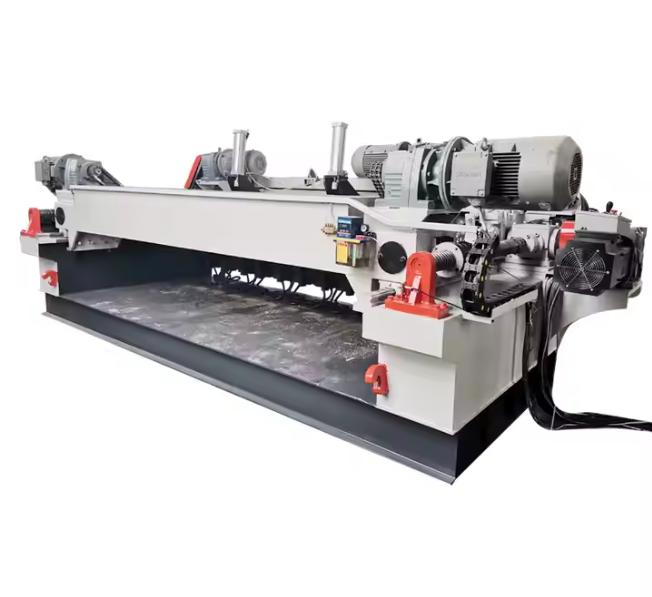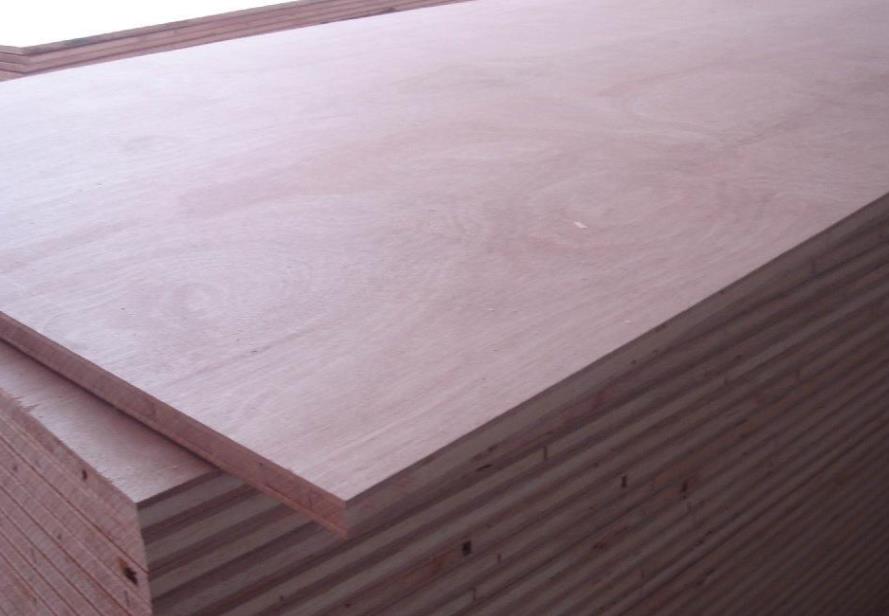Wood Veneer dryers can be classified based on heat transfer methods, veneer conveying methods, and the circulation direction of hot air. Below are the detailed classifications:
1. Classification by Heat Transfer Method
-
(1) Air Convection Type: Heat is transferred to the veneer through circulating hot air.
-
(2) Contact Type: Heat is transferred to the veneer directly through contact with a heated plate.
-
(3) Combined Type: Combines convection heat transfer with other heat transfer methods to transfer heat to the veneer. Common combinations include:
-
Convection-contact type
-
Infrared-convection type
-
Microwave-convection type
2. Classification by Veneer Conveying Method
-
(1) Mesh Belt Dryer: The wood veneer is conveyed using a mesh belt, suitable for thinner veneers, such as face and back veneer.
-
(2) Roller Dryer: The veneer is conveyed using rollers, suitable for thicker veneers or specific drying requirements, such as core veneers.
3. Classification by Hot Air Circulation Direction
-
(1) Longitudinal Ventilation Dryer
-
Hot air circulates along the length of the veneer dryer.
-
If the airflow direction is the same as the veneer’s movement, it is referred to as co-current flow; if opposite, it is called counter-current flow.
-
Characteristics:
-
The circulation path is long, resulting in significant airspeed loss along the path and uneven airflow, leading to poor drying efficiency.
-
(2) Cross Ventilation Dryer
-
Hot air circulates along the width of the dryer.
-
Airflow can move parallel to the veneer surface or be sprayed perpendicularly onto the veneer surface.
-
Characteristics:
-
The circulation path is shorter, airspeed loss is smaller, and airflow is more uniform, resulting in better drying efficiency.
-
Optimal Design:
-
High-speed airflow sprayed perpendicularly onto the veneer surface from both directions (cross circulation) can break through the boundary layer, accelerating drying and achieving the best results.
 What is the Veneer Drying Equip
What is the Veneer Drying Equip
 Working Principle of Wood Spind
Working Principle of Wood Spind
 New glue technologies for plywo
New glue technologies for plywo
 How to evaluate the production
How to evaluate the production
 What is the yield rate of eucal
What is the yield rate of eucal
 How to maintain the wood veneer
How to maintain the wood veneer